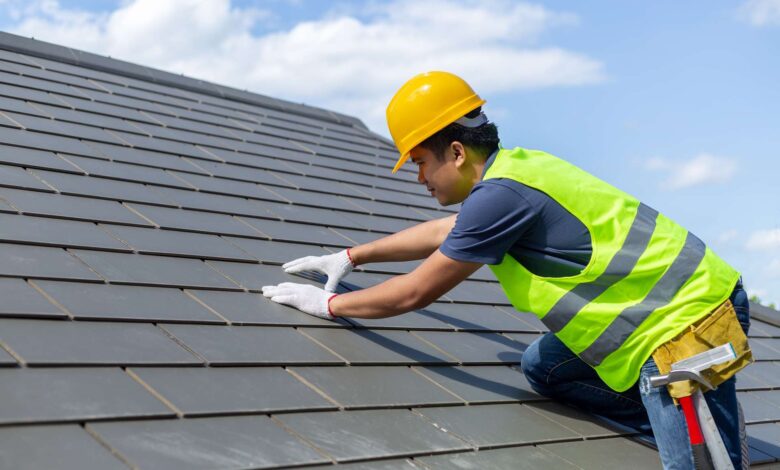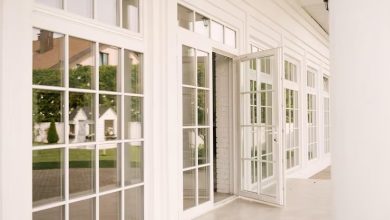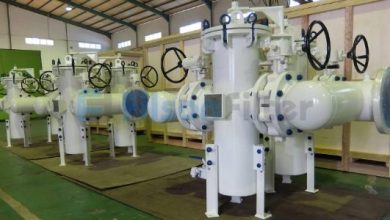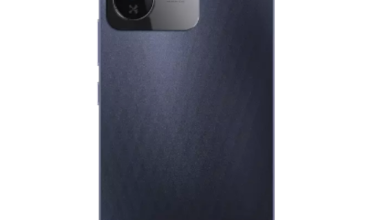How to Choose the Best Roofing Service in Bridgeport: A Homeowner’s Guide
Affordable Roofing Contractors In West Haven

A strong roof protects your home from bad weather, water damage, and other risks. If your roof is installed or repaired poorly, it can lead to expensive problems like leaks and structural damage. Finding an affordable roofing service in Bridgeport is important, but affordability should not mean low quality. A good roofing contractor will provide expert services at fair prices while ensuring that your home remains safe and secure.
Hiring the right roofing company means getting high-quality materials, expert installation, and reliable customer service. Whether you need a roof repair, replacement, or routine maintenance, working with affordable roofing contractors can help you avoid future issues and save money in the long run.
Check Licensing and Insurance Before Hiring a Roofing Service in Bridgeport
Before choosing a roofing contractor, always check if they are licensed and insured. A licensed contractor follows local building codes and meets safety standards, ensuring that the work is done correctly. Insurance is also essential because it protects you from liability in case of accidents or property damage during the project.
When hiring an affordable roofing service, ask for proof of licensing and insurance. A professional company will have no problem providing these documents. If a contractor refuses or hesitates, consider it a red flag. Working with licensed and insured affordable roofing contractors In West Haven ensures that your home is in safe hands.
Experience Matters When Choosing an Affordable Roofing Service in Bridgeport
The experience of a roofing contractor is just as important as their pricing. A company with several years of experience will be familiar with different roofing materials, techniques, and challenges. They will also know how to handle unexpected issues during the project.
When searching for affordable roofing contractors, look for companies that have been in business for at least five years. Check their past work and ask for references. A well-established company will have a good reputation and satisfied customers who can vouch for their services.
Read Reviews and Ask for Recommendations Before Hiring a Roofing Service
Customer reviews are a great way to learn about a roofing contractor’s reputation. Before hiring an affordable roofing service in Bridgeport, check reviews on Google, Yelp, and the Better Business Bureau. Reading about other homeowners’ experiences can help you avoid unreliable contractors.
It’s also a good idea to ask friends, family, or neighbors if they have hired any affordable roofing contractors recently. Personal recommendations are often more trustworthy than online reviews. A company with positive feedback and strong recommendations is more likely to provide high-quality service.
Compare Estimates from Different Affordable Roofing Contractors
Price is an important factor when choosing a roofing service, but the cheapest option is not always the best. Some contractors offer very low prices but use poor-quality materials or rush through the job, leading to future problems.
Before making a decision, get estimates from at least three different affordable roofing contractors. A detailed estimate should include the cost of materials, labor, and any additional charges. Comparing quotes will help you find an affordable roofing service in Bridgeport that offers fair pricing without compromising quality.
Choose High-Quality Roofing Materials for Your Bridgeport Home
The durability of your roof depends on the materials used. A good roofing contractor will explain your options and help you choose the best material for your home. Common roofing materials include asphalt shingles, metal roofing, and tile roofs.
Asphalt shingles are the most affordable and widely used option, while metal roofing is durable and energy-efficient. Tile roofs are long-lasting and stylish but can be more expensive. When hiring an affordable roofing service in Bridgeport, make sure they use high-quality materials to extend the lifespan of your roof.
Understand Warranty and Guarantees from Roofing Contractors
A reputable roofing contractor should offer warranties for both materials and workmanship. The manufacturer’s warranty covers defects in roofing materials, while the workmanship warranty protects against installation errors.
Before hiring an affordable roofing service in Bridgeport, ask about their warranty policy and get it in writing. Reliable affordable roofing contractors stand by their work and will fix any issues that arise within the warranty period.
Set a Clear Timeline for Your Roofing Project
A roofing project should be completed within a reasonable time to avoid inconvenience. Before hiring an affordable roofing service, ask for a clear timeline. A professional contractor should provide an estimated start and completion date and keep you informed of any delays.
Reliable affordable roofing contractors in Derby will work efficiently while maintaining high-quality standards. Make sure the timeline is included in the contract to avoid misunderstandings.
Beware of Roofing Scams and Untrustworthy Contractors
Unfortunately, some homeowners fall victim to roofing scams. Be cautious of contractors who ask for full payment upfront, offer prices that seem too good to be true, or pressure you into making a quick decision.
To avoid scams, always research a company before hiring them. Check their license, read reviews, and ask for a written contract. Trustworthy affordable roofing contractors will be transparent about pricing, timelines, and warranties.
Customer Service and Communication Are Key Factors in Choosing a Roofing Service
Good communication is a sign of professionalism. The best affordable roofing service in Bridgeport will be easy to reach, answer your questions clearly, and provide updates throughout the project.
If a contractor is difficult to contact or avoids discussing details, it may be a warning sign. Choose a company that values customer service and is willing to address your concerns before and during the roofing process.
Why Hiring Local Affordable Roofing Contractors Is the Best Choice
Hiring a local roofing contractor offers many advantages. Local affordable roofing contractors understand the area’s weather conditions and building codes, ensuring that your roof is built to last. They can also provide faster service in case of emergencies and have a reputation to maintain in the community.
A local affordable roofing service in Bridgeport is more likely to offer personalized service and better follow-up care. They will be available for future repairs or maintenance if needed, giving you long-term peace of mind.
Final Thoughts on Choosing the Best Roofing Service in Bridgeport
Finding the right roofing contractor requires research and careful consideration. By checking licenses, reading reviews, comparing estimates, and verifying warranties, you can make an informed decision.
A reliable affordable roofing service in Bridgeport will provide high-quality work at a fair price. Experienced affordable roofing contractors will use durable materials, follow safety standards, and complete your project on time.
Investing in the right roofing contractor not only protects your home but also saves you money in the long run. If you need a professional roofing service, start by researching top-rated local contractors and request a free estimate today.



